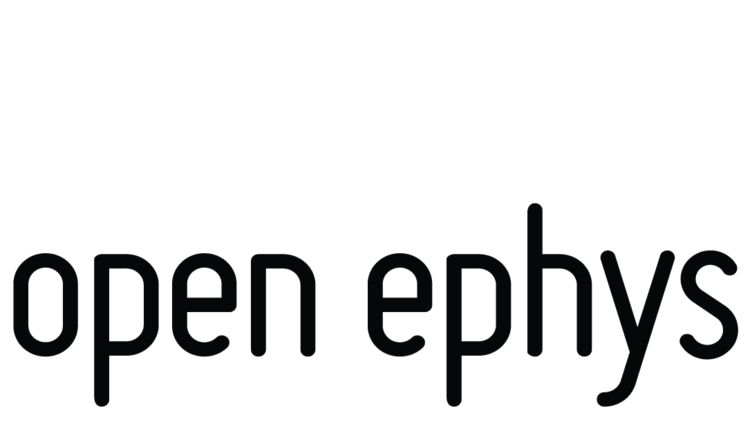pyPhotometry V2
pyPhotometry V2
SKU: OEPS-8011
pyPhotometry is an open source system for fiber photometry data acquisition.
Version 2 includes:
2x Analog inputs for photometry signals. The system supports time-division multiplexed illumination, which allows fluorescence evoked by different excitation wavelengths to be independently read out from a single photoreceiver signal.
2x Digital inputs for registering behavioral events or sync pulses
2x LED driver outputs, with adjustable output current up to 300mA. The LED driver outputs are M8 connectors compatible with Doric and Thorlabs LEDs.
Additional improvements from first version:
2x LED control digital output channels for triggering external optical hardware such as the Doric Gen3 minicubes, which have integrated LED drivers.
Note the signals output on the two LED control outputs are the same signals used to control the on-board LED drivers, so it is not possible to independently use the LED control outputs and the LED driver outputs at the same time.
Updated LED driver’s maximum output current from 100 mA to 300 mA.
Reduced artifacts on analog input signals caused by saturation (i.e., voltage exceeding 3.3V) on the other analog input.
Additional Picoblade connector providing access to 3x pyBoard pins, including I2C serial communication for further expansion.
For more information see the documentation at https://pyphotometry.readthedocs.io/
Package includes:
1x pyPhotometry V2
This device requires additional components to operate. Please check the device connectivity list to purchase any cables, tethers and power supplies you might need. Please follow the documentation to pair the acquisition board with LEDs, photoreceivers, and optical components.
If you need a formal quote and/or prefer bank transfer as the payment method, please contact us via info[a]oeps.tech.
Profits from the sale of pyPhotometry go to supporting the continued development of the system. For any questions please contact the pyPhotometry discussions on GitHub.

